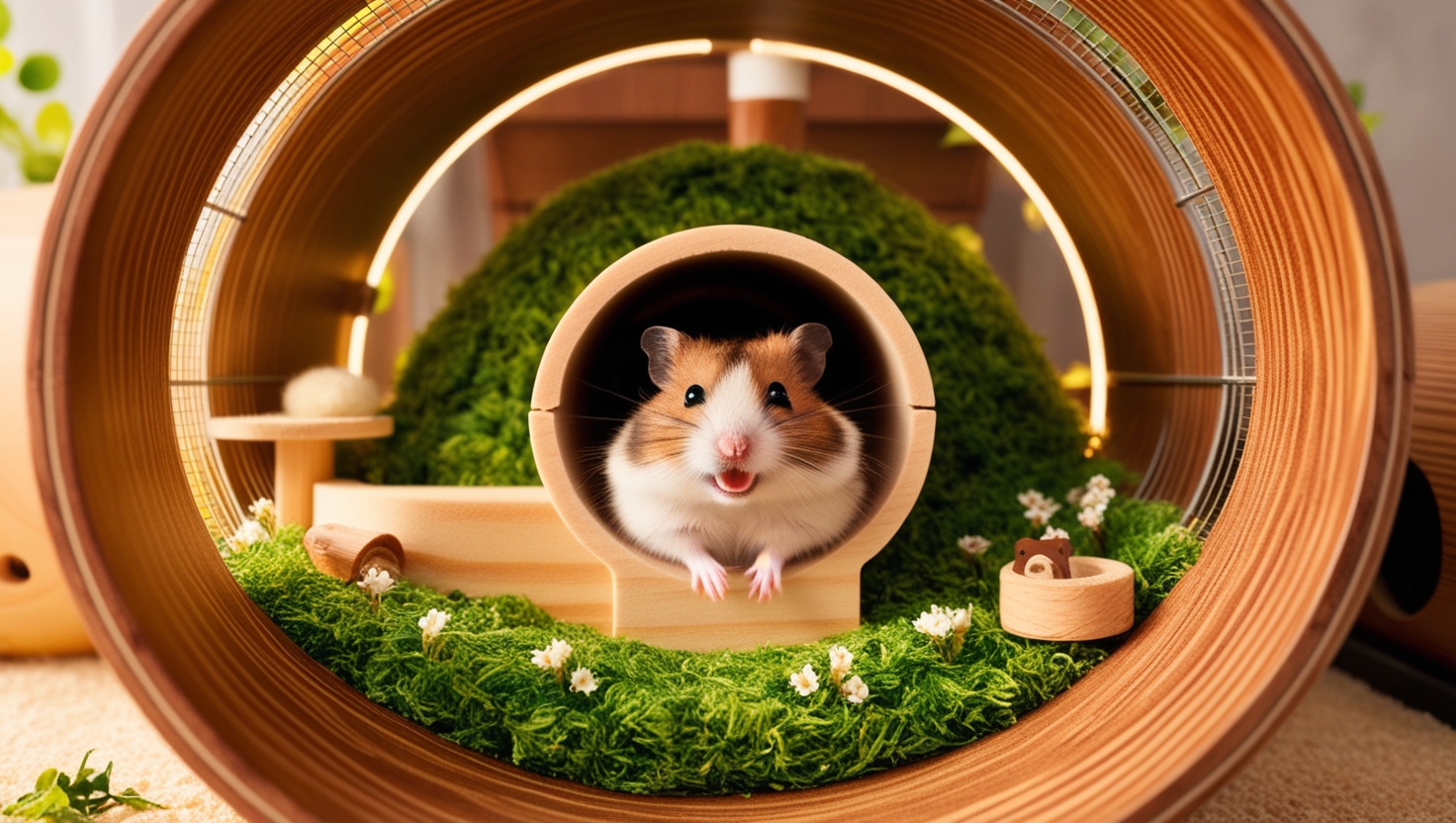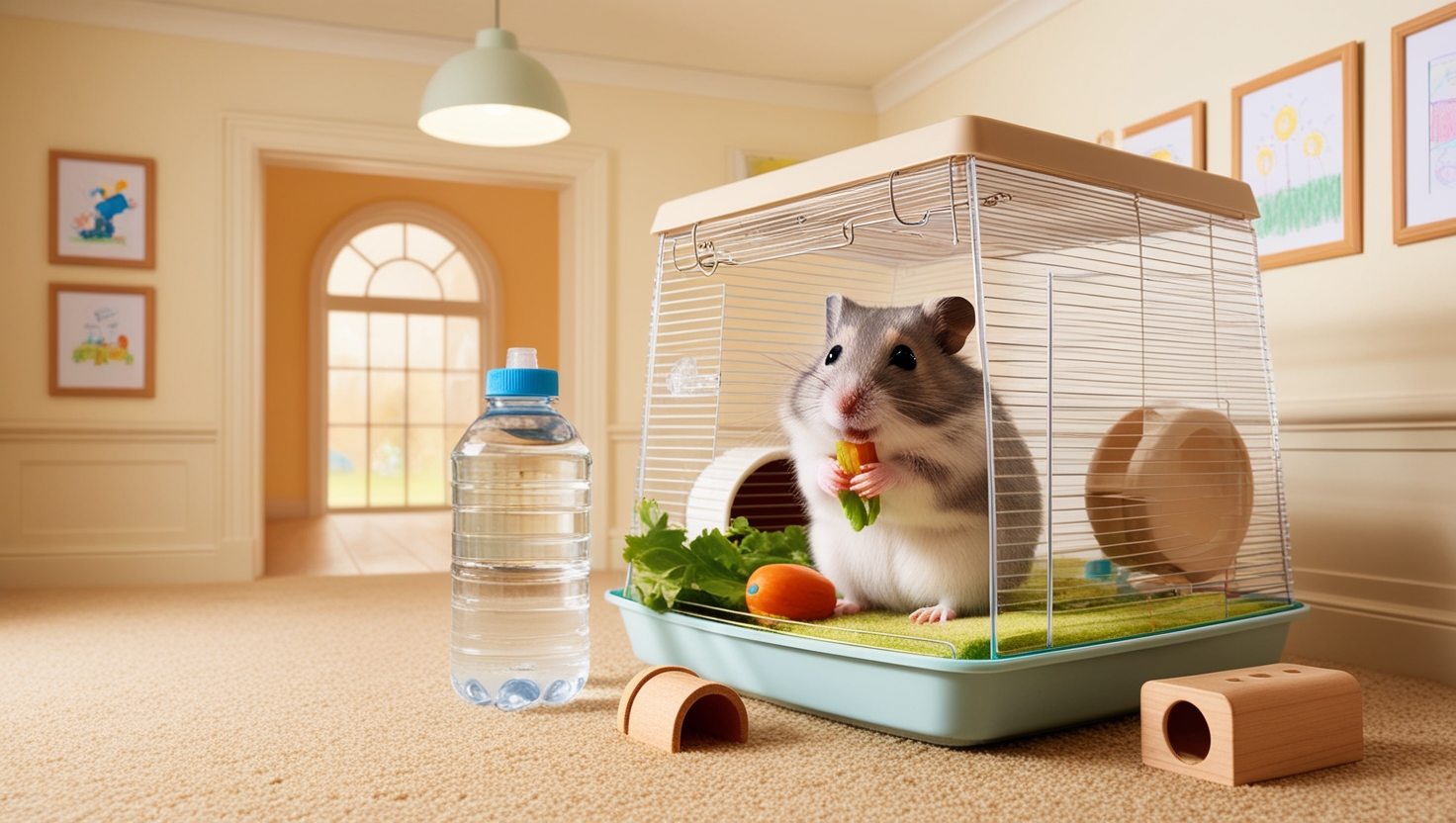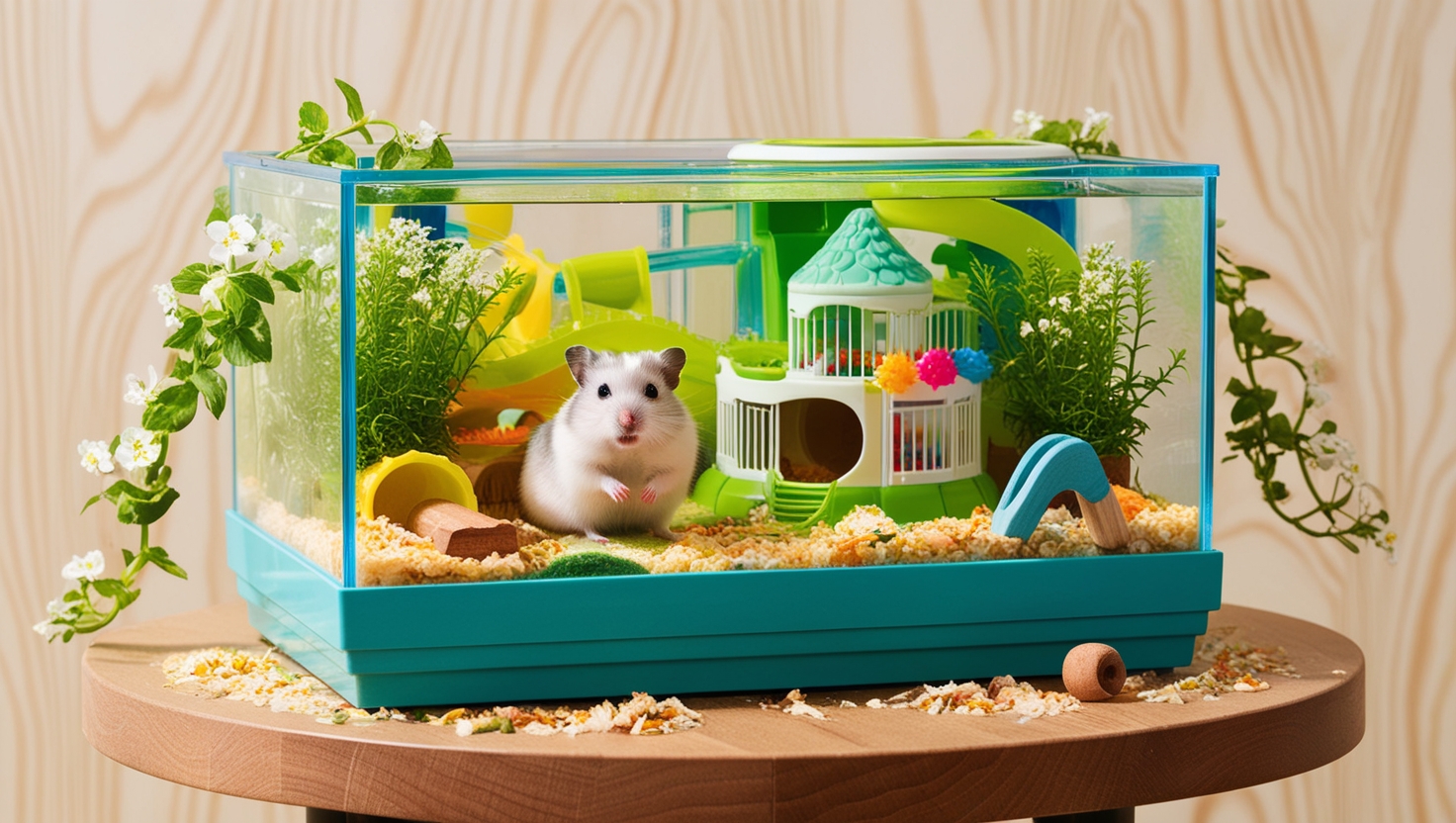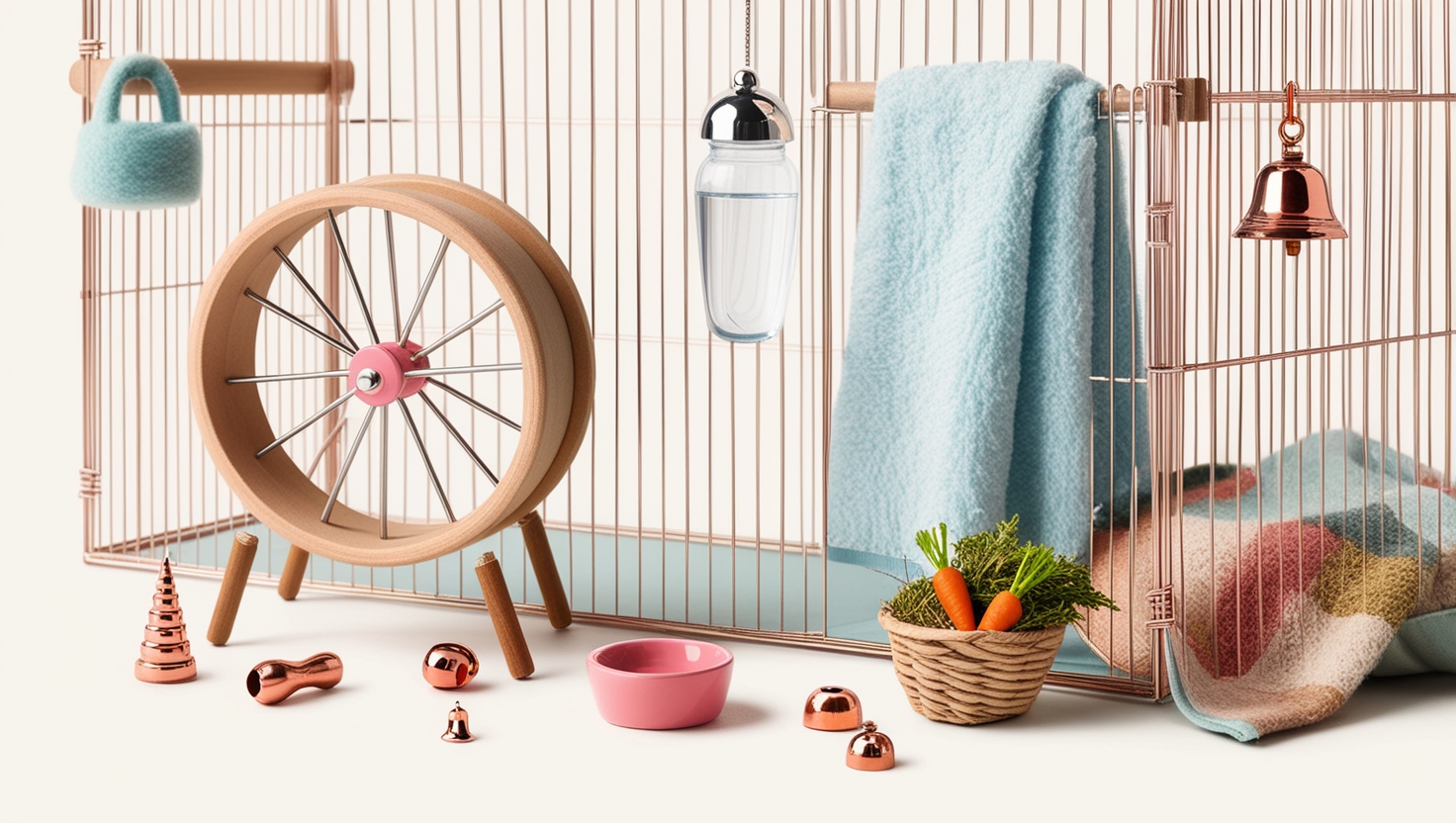So, you’re thinking about welcoming an adorable hamster into your life? That’s fantastic! Hamsters make wonderful, playful companions. But before you bring your furry friend home, there’s one crucial thing to consider: their hamster cage.
A hamster’s cage isn’t just a place to sleep; it’s their entire world. Choosing the right cage can significantly impact their health, happiness, and overall well-being. Don’t worry, as an experienced hamster parent and fosterer, I’m here to guide you through everything you need to know.
Hamster Cage Essentials: Size Matters
Let’s start with the most critical aspect: size. Many new hamster owners underestimate just how much space these active little creatures need. The absolute minimum cage size should be 450 square inches of floor space, but bigger is always better.
Why is a spacious cage so important? Imagine being confined to a tiny room with limited space to move around – you wouldn’t be very happy, would you? Hamsters are highly active animals that love to run, burrow, play, and explore. A cramped cage can lead to boredom, stress, and even health problems.
Types of Hamster Cages: Finding the Right Fit
When it comes to hamster cages, you have several options:
Wire Cages:
These are the most common type, offering excellent ventilation. However, ensure the bar spacing is narrow enough (no more than 1/2 inch apart) to prevent escapes, especially for smaller hamster breeds like dwarf hamsters.
Glass Tanks:
Glass tanks provide a clear view of your furry friend and help contain bedding better. However, ventilation can be an issue, so choose a tank with a secure mesh top.
Plastic Modular Cages:
These cages offer customizable habitats with tunnels and compartments, providing excellent enrichment opportunities for your hamster. However, ensure the plastic is sturdy and chew-proof.
Setting Up Your Hamster Haven: The Fun Part!
Once you’ve chosen the perfect cage, it’s time to create a comfortable and stimulating environment:
Bedding:
Choose a dust-free, absorbent bedding material like aspen wood shavings or paper-based bedding. Avoid cedar or pine shavings, as they contain harmful oils.
Food and Water:
A ceramic dish for food and a water bottle with a sipper tube are essential.
Hamster Wheel:
A solid-surfaced wheel is crucial for exercise, preventing foot injuries. Make sure the wheel is large enough (at least 8 inches in diameter for Syrian hamsters) to prevent their backs from bending.
Hideouts:
Hamsters are prey animals and need a safe space to retreat. Provide multiple hideouts, like wooden houses, ceramic hideaways, or even cardboard boxes.
Enrichment Items:
Keep your hamster entertained and mentally stimulated with chew toys, tunnels, bridges, and digging boxes.
Location, Location, Location: Where to Place Your Hamster Cage
Where you place your hamster’s cage is just as important as the cage itself. Choose a quiet location away from direct sunlight, drafts, and any potential hazards. Hamsters are sensitive to extreme temperatures, so maintain a comfortable room temperature.
A Word from Dr. Lisa Carter, Veterinarian
“As a veterinarian, I often see hamsters suffering from health problems due to inadequate housing. A spacious, well-equipped cage is vital for their physical and mental well-being. Remember, a happy hamster is an active and engaged hamster!”
Ready to Welcome Your New Furry Friend?
Choosing the right hamster cage and setting it up correctly is the first step towards responsible hamster ownership. By following these guidelines, you can ensure your hamster thrives in a safe, comfortable, and stimulating environment. Remember, providing a loving and enriching home for your hamster is one of the most rewarding experiences you can have as a pet parent.







